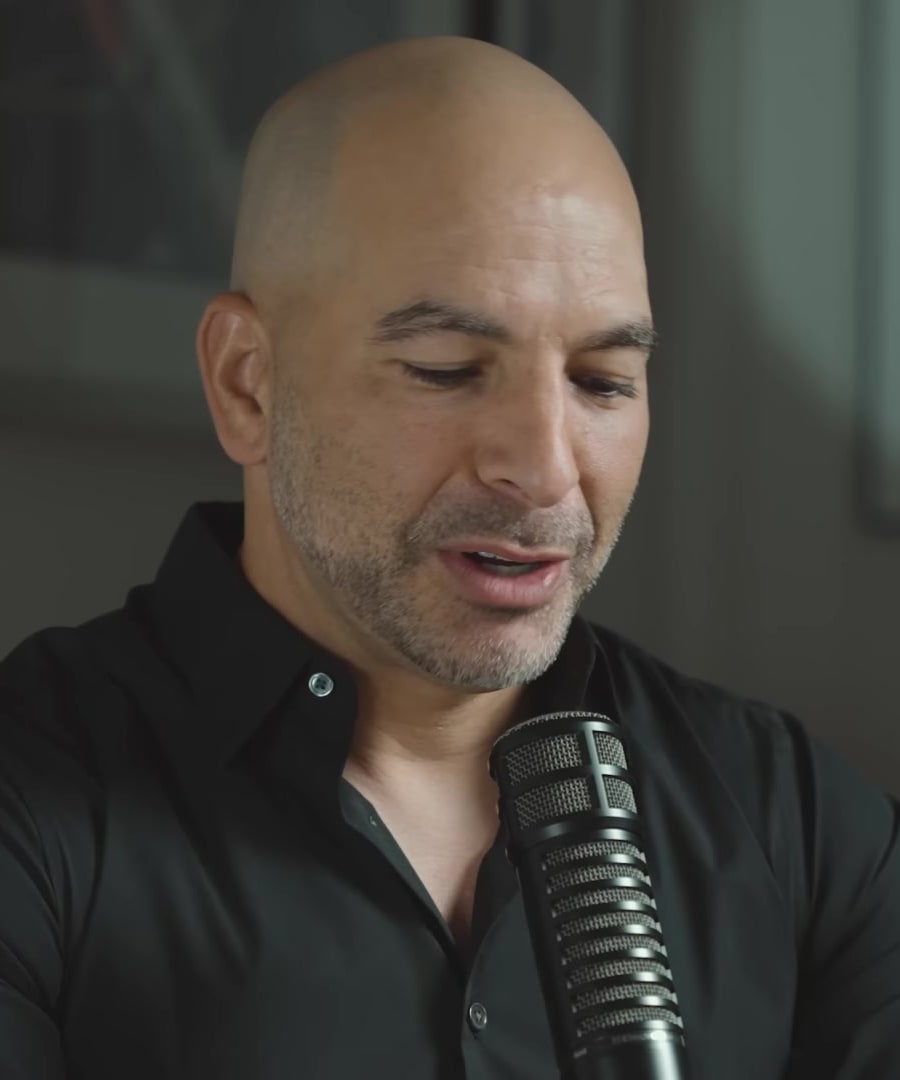Tell me more about light therapy for seasonal depression.
Sources:
Light therapy is a well-recognized treatment for Seasonal Affective Disorder (SAD). It's based on the idea that increasing exposure to bright light can help balance mood and circadian rhythms, especially in regions with long winters and limited sunlight.
Key Points on Light Therapy:
-
Mechanism: Light exposure influences melanopsin cells in the retina, which regulate mood and circadian rhythms via the hypothalamus. Bright light therapy aligns these systems and helps mitigate depressive symptoms by modulating neurotransmitters like dopamine and serotonin 1.
-
Morning Light Exposure: For optimal effects, bright light exposure should occur primarily in the morning. This can mimic longer daylight hours, which are associated with improved mood and energy 2.
-
Light Devices: You can use SAD lamps or less expensive alternatives like 900 lux drawing tablets to simulate daylight. These should be used for several minutes each morning to extend your perception of day length 2.
-
Daytime Brightness and Nighttime Darkness: It's beneficial for mental health to seek light during the day and ensure darkness at night. Outdoor exposure is best, but during dark seasons, bright artificial light can suffice 3.
-
Seasonality and Mood: Natural light exposure has profound seasonal impacts on mood and activity levels, with increased sunlight improving mood due to enhanced dopamine production. Conversely, limited light in winter can lead to increased melatonin, often linked to lower mood and energy, underscoring the importance of managing light exposure proactively 4 5.
It is crucial to tailor light exposure to individual needs and lifestyles, particularly for those living in northern regions where sunlight is scarce. Regular, intentional light exposure can serve as an effective non-pharmacological intervention for improving mood and overall mental health during winter months.
RELATED QUESTIONS-
Tell me more about light therapy for seasonal depression.
- RELATED QUESTIONS




